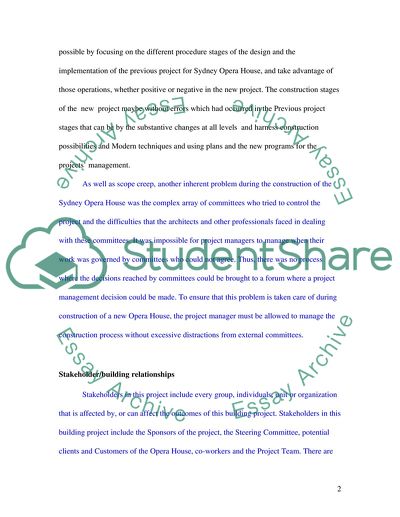Cite this document
(“Building a New Sydney Opera House Essay Example | Topics and Well Written Essays - 2500 words”, n.d.)
Building a New Sydney Opera House Essay Example | Topics and Well Written Essays - 2500 words. Retrieved from https://studentshare.org/engineering-and-construction/1741112-building-a-new-sydney-opera-house
Building a New Sydney Opera House Essay Example | Topics and Well Written Essays - 2500 words. Retrieved from https://studentshare.org/engineering-and-construction/1741112-building-a-new-sydney-opera-house
(Building a New Sydney Opera House Essay Example | Topics and Well Written Essays - 2500 Words)
Building a New Sydney Opera House Essay Example | Topics and Well Written Essays - 2500 Words. https://studentshare.org/engineering-and-construction/1741112-building-a-new-sydney-opera-house.
Building a New Sydney Opera House Essay Example | Topics and Well Written Essays - 2500 Words. https://studentshare.org/engineering-and-construction/1741112-building-a-new-sydney-opera-house.
“Building a New Sydney Opera House Essay Example | Topics and Well Written Essays - 2500 Words”, n.d. https://studentshare.org/engineering-and-construction/1741112-building-a-new-sydney-opera-house.


